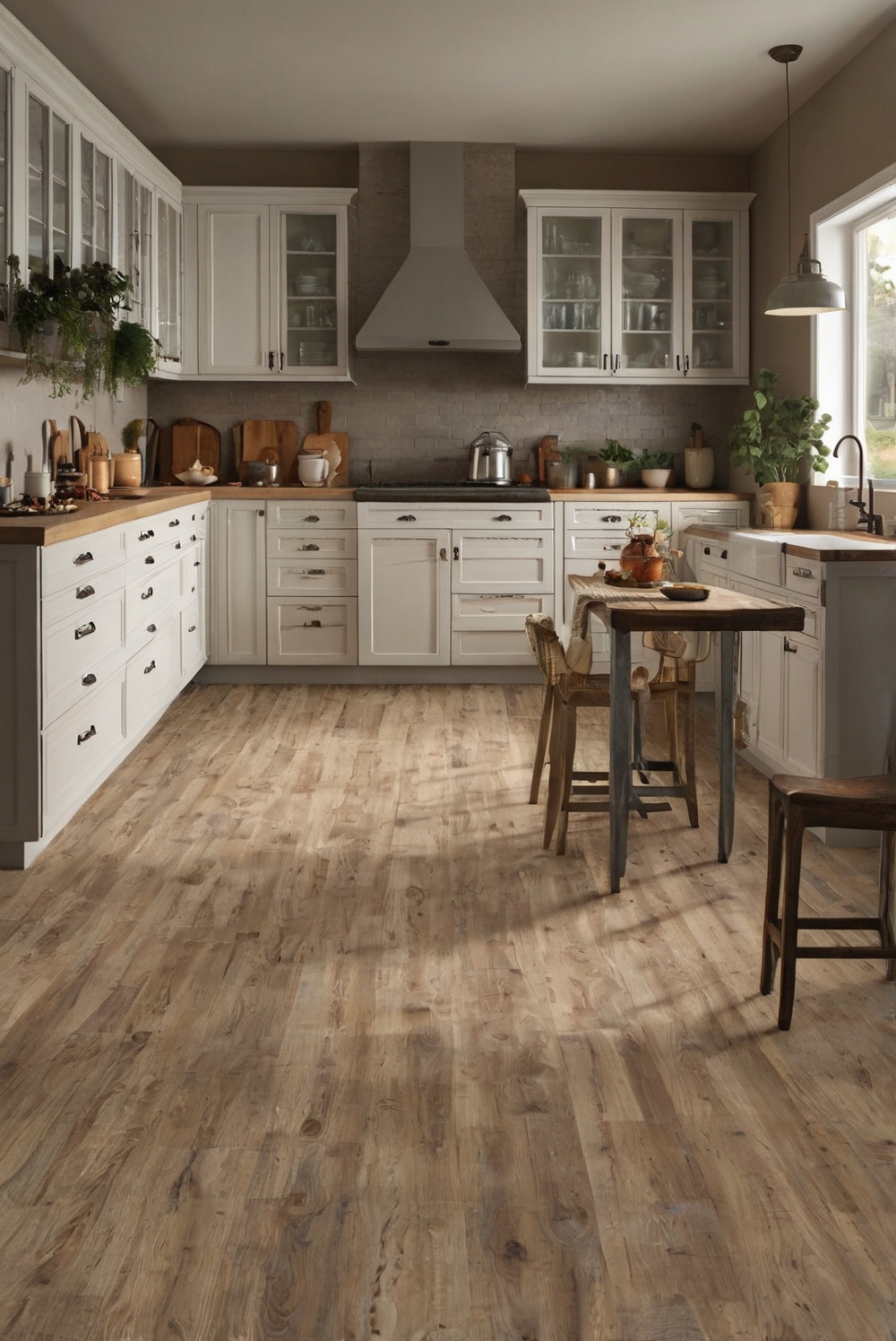Start your day with expert tips on preparing your subfloor for kitchen flooring installation. Transform your space with these essential interior design techniques.
– Before installing kitchen flooring, it is crucial to prepare the subfloor properly to ensure a smooth and durable finish.
– Start by removing any existing flooring material and then thoroughly clean the subfloor to remove any dust, debris, or grease that may affect the adhesion of the new flooring.
– Repair any damaged areas or uneven spots in the subfloor by filling in gaps and leveling the surface.
– Ensure that the subfloor is dry and free of moisture to prevent mold and mildew growth.
– Consider using a primer to enhance adhesion and seal the subfloor before installing the new flooring.
– Proper subfloor preparation is essential for the longevity and quality of your kitchen flooring, so take the time to do it right.
How should I prepare the subfloor before installing kitchen flooring?
1. Clean the Subfloor:
Before installing kitchen flooring, it is crucial to clean the subfloor thoroughly. Remove any debris, dust, dirt, or old adhesive that may be present on the subfloor. A clean subfloor will ensure proper adhesion of the new flooring material and prevent any bumps or unevenness.
2. Check for Moisture:
Moisture is a common issue in kitchens, so it is important to check the subfloor for any signs of moisture or water damage. Use a moisture meter to determine the moisture levels in the subfloor. Excessive moisture can lead to mold growth, warping of the flooring material, or adhesive failure. Address any moisture issues before proceeding with the installation.
3. Repair Subfloor Damage:
Inspect the subfloor for any damage such as cracks, holes, or uneven surfaces. Repair any damage using suitable materials such as wood filler, leveling compound, or plywood patches. A smooth and level subfloor will ensure a professional-looking installation and prevent any issues with the new flooring material.
4. Ensure Subfloor Stability:
It is essential to ensure that the subfloor is stable and structurally sound before installing kitchen flooring. Check for any squeaks or movement in the subfloor by walking across it and identifying any weak spots. Reinforce the subfloor if needed to prevent any future problems with the flooring installation.
5. Consider Subfloor Material:
Different types of kitchen flooring materials require specific subfloor preparations. For example, hardwood flooring may require a different subfloor preparation compared to tile or laminate flooring. Research the requirements for the specific flooring material you plan to install and prepare the subfloor accordingly.
In conclusion, preparing the subfloor before installing kitchen flooring is a crucial step that can impact the longevity and performance of the new flooring. By following these steps and ensuring a clean, dry, stable, and level subfloor, you can achieve a successful and professional-looking installation. Remember to address any moisture issues, repair damage, and consider the requirements of the flooring material to ensure a smooth and durable finish.

